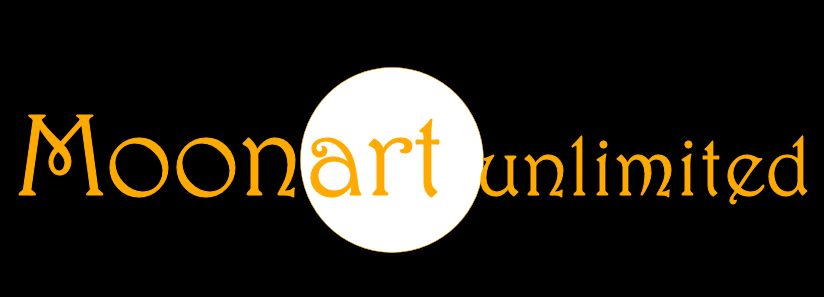The Silence of the Ants
Humans are not an invasive species, although they are often destructive of their ownand other species’ habitat.
Humans have spread to every corner of the world and proliferated. But we are not considered as an invasive species
because we are the ones considering. Therefore, we are not invading but populating.
Yellow Crazy Ants (Anoplolepis gracilipes) on the other hand are an invasive species.
They are mainly found in tropical rain forests, but will adapt to other environments. Wherever they spread to the forest falls silent!
They came, like us, on boats and found the country provided what they needed to survive and prosper.
It is not known when exactly they first arrived or where, but it is clear that they are here, in Queensland, in numerous locations and
spreading. They are only 800 metres from our water catchment, the Copperlode Dam. The first have been noted in 2001 in Edmonton.
Kuranda has got them. They are in Bentley Park. These are residential areas in and around Cairns in Far North Queensland.
We may think they are crazy, but they know they are smart.
It is their unusual social structure, where all ants act as one super-colony that makes them stand out from any other invader.
There is no in-fighting amongst them. A worker or queen from one nest is likely to be accepted into another. Several queens
in one colony are not uncommon. By saving their aggression for other species, they can spend more time and energy finding food.
When numbers build up, a queen or two walk off - they do not fly - with some workers to establish a new nest.
The colony can advance by a metre a day.
The Populate and Perish Principle probably holds true for ant colonies as well. If they are too successful they will establish new
colonies and go further and further because they destroy wherever they go by their voracity. Crazy ants spray formic acid to
subdue a victim and then suck the life out of it. They attack anything from worms to reptiles and small mammals or birds.
Not long after a crazy ant invasion the forest floor is wriggling with ants but no other species remains.
Silence spreads with the ants.
They also like sugar and suck nectar from plants, but they are bad pollinators and can diminish fruiting plant growth.
This Yellow Crazy Ant invasion could be the beginning of the end of Australian biodiversity. They are a true Yellow Peril.
Should we not be able to stop them from spreading, the forests will die; most animals will die; plants will no longer be
pollinated; fruit will become sparse.
Do they have a natural predator? Not here in Australia. How can they be stopped?
Poison bait needs to be administered to each queen. Is it possible? Yes, if we put money, people and resources at the
fighting front! The Wet Tropics is a World Heritage Area and a strong tourist attraction. It is also the breeding ground for
many animal and plant species. The biomass of the rain forest generates clouds which rain down and feed rivers, which
in turn provide vital water to the rest of the country.
Seawalker owner Karl Kuhle, the industry member of the Yellow Crazy Ant Reference Group, said the wait for funding
was putting the region’s World Heritage-listed rainforests at risk of being invaded by the ants.
Why are Yellow Crazy Ants such a problem? People and politicians are complacent
about the threat of Anoplolepis gracilipes because Australia has its own ants and some vicious ones amongst them.
Take Green Ants: I have encountered them regularly when cleaning windows with plants in front of them, especially where
there is an outdoor tap as well. Green ants live on those plants and bite anyone approaching them painfully.
Before you realize it, Green Ants are all over your body.
But their sting is not as bad as the sting of the Bull Ant. I had an ankle swell up after being bitten by a Bull Ant in South Australia.
Inch ants are pretty big and scary.
A Yellow Crazy Ant invasion is devastating for nature, but it can also be costly, repugnant and painful for people living in infested areas.
Ants are small enough to enter household appliances in search for water and shelter. Coffee machines and air-conditioners
are on their preferred list, but they won’t stay there. An Edmonton resident woke up one day with something crawling over his face.
He tried to wipe it away and got immediately sprayed with Formic Acid which made him blind for two weeks.
He was able to save his eyesight by rapid treatment in a hospital.
Is your dog dear to you? It, too, may suddenly go blind from an acid attack by crazy ants.
Sadly many blinded dogs are being reported in Far North Queensland.
Summary of the Impacts of the Yellow Crazy Ant
· Destruction of local green ants
· Destruction of small creatures from insects to lizards
· Depletion of food source for larger animals
· Destruction of all types of baby animals
· Reduction in pollination of plants
· Fast spreading colonies covering large areas quickly
· Acid attacks causing blindness in dogs, even in humans
Australians are resilient and inventive when it comes to solving problems.
We have often tried to combat animal pests by introducing foreign animals to destroy them.
Most of these efforts have failed badly; think for example of rabbits and foxes, cane toads, European wasps.
But it may be worth trying to set South American Anteaters (Vermilingue) onto the Yellow Crazy Ant!
